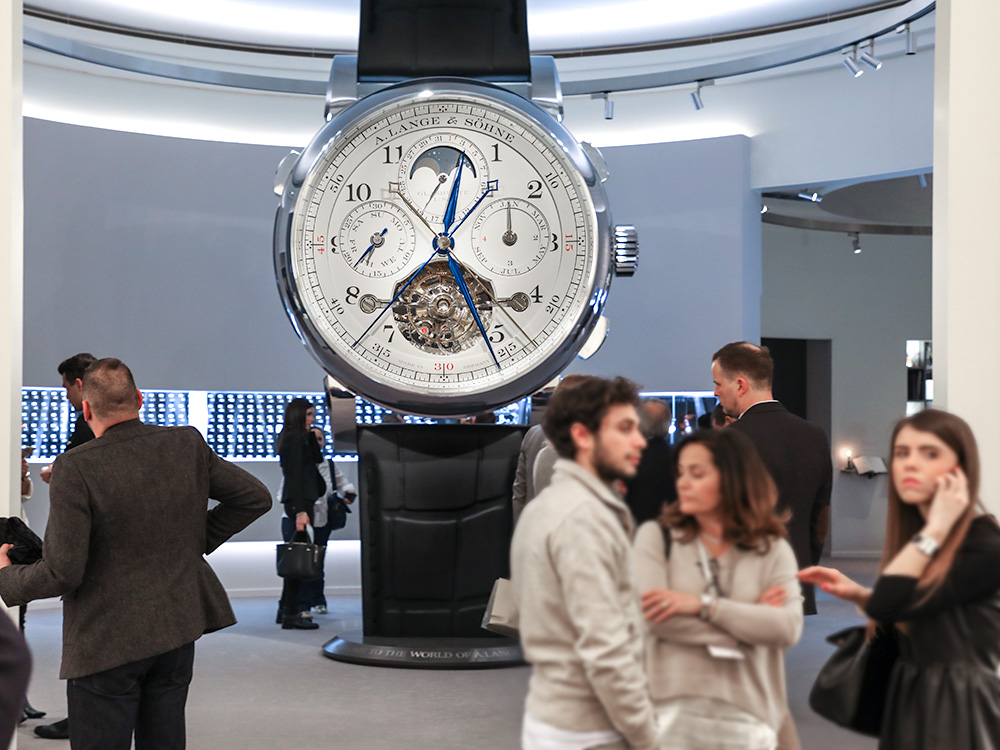
The Salon International de la Haute Horlogerie 2017 is now concluded, and the aBlogtoWatch team is predictably exhausted. We tried something new this year – a video log (vlog) series – to help capture what it is like to be at the show. Combining high excitement and energy-draining hours, we are glad people enjoyed that very intimate look behind the scenes and what it is like to attend the “world’s most prestigious” high-end watch trade show.
In my 9th year attending SIHH (itself in its 27th year) I’d like to once again recap the overall sentiment of the show as well as point out key highlights which we think the general watch-loving public should be excited about in 2017. Before we get to our top 11 watches of SIHH 2017, I’d like to explore the general watch and luxury industry atmosphere so that people get a better idea of why particular products are being made – and for whom.
It was a particularly cold and windy week in Geneva, Switzerland, during SIHH 2017. Our accommodations near Lake Geneva offered a first-rate view of what struck me as a suitable metaphor for the industry’s current circumstance. High winds blew over the water causing not only surfable waves (if you have an Iceman-like tolerance for cold) but also spilling onto the adjacent walking paths that in the spring and summer make for popular strolling avenues for lovers and languishers alike. The high winds and ominous lake waves seemed a fitting metaphor for the luxury watch industry which is continuing to experience a storm.

My fellow watch media, especially the more veteran channels or those seeking to appeal exclusively to industry folk, seem unsure of how to cover the clearly “bad times” that much of the industry is facing. Many people are losing their jobs, companies are being reorganized, and the Swiss watch industry – while there are more than a few strongly performing areas – is by most accords contracting (to put it lightly). Yet the weakness of egotism continues to shroud reality and despite unequivocal data (and a lot of it) indicating that the industry is bottoming out, few managers are looking at the issue square in the face.

In part, the traditional media is to blame, though they can hardly be faulted for not reporting on information that is so secretly guarded. While private banking is moving outside of Switzerland to places with more amenable laws to finance sheltering (especially for those with US bank accounts), many in the Swiss watch industry seem to fear the reality that without maintaining a strong sense of relevance the “traditional and lasting” Swiss watch industry is extremely vulnerable. Their customary reaction is to smile and sometimes boast of how “amazing” things are regardless of what the numbers might suggest.

A little bit of advice to watch industry managers – do not forget that those in truly confident positions hardly find value in boasting about it. The more you tell us how incredibly surprising sales are, and how much client demand is straining your production resources, the more media and retailers alike detect a blip on their BS radars. The irony is that humility is a deeply ingrained and valued element of Swiss culture – and thus the sentiments of the watch industry demonstrate how truly pan-European it is, despite the fact that many are physically located within the borders of Switzerland.

Such words are intended to poke at the stone-like facade of success that all luxury brands seem intent on both guarding and presenting to the outside world. The consumers and retailers that support you are keenly aware that things aren’t exactly bullish. So let’s take a lesson from the diplomacy Switzerland is so often associated with and consider the value of a group effort to help remedy your watch industry problems as opposed to displaying the exact same image of unwavering success, year after year, despite what logic and facts clearly seem to suggest regarding earnings.
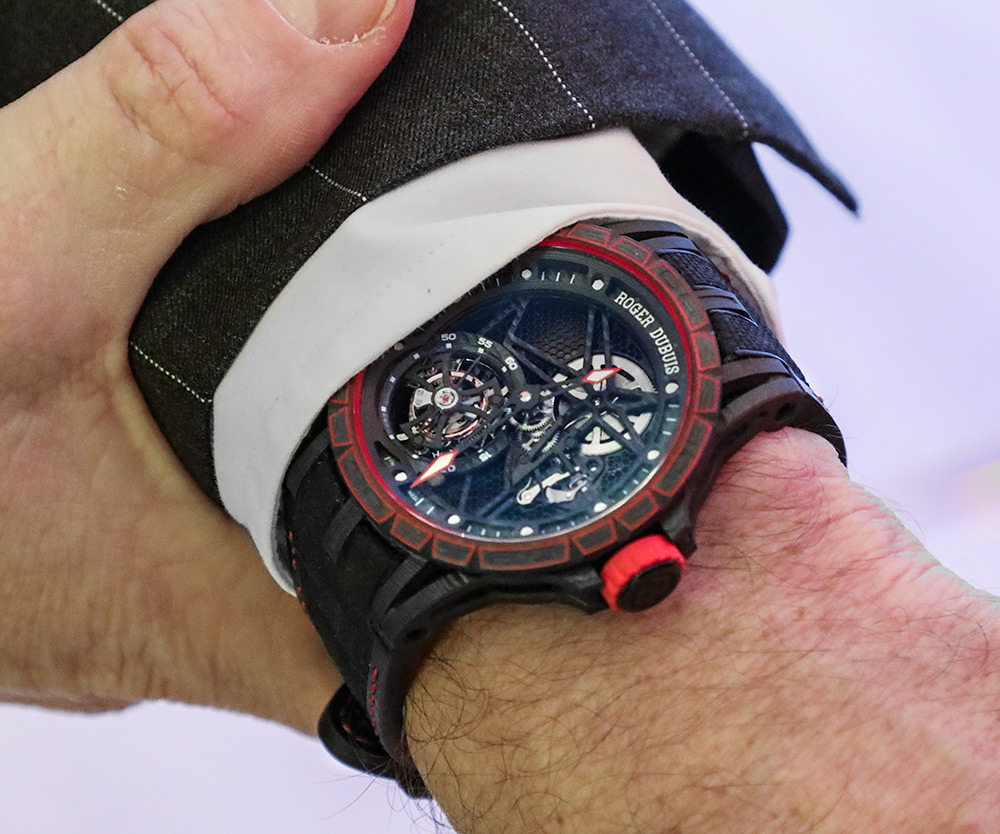
If I haven’t made my point abundantly clear, Switzerland: it’s time to let go of total control and invite in some help. You do make some pretty darn good watches when you put your minds to it, with organized factories and efficient offices. When it comes to understanding diverse market needs as well as marketing communication, I suggest you entrust professionals for advice that may know a bit more than you in such areas. It isn’t like they are going to suggest that in order to fix the industry you should stop making high-quality mechanical watches.
Politics and conservatism are hot issues these days, and the watch industry is no exception. I’ve further identified two areas that need serious reorganization or at least to be rethought: hiring good people who have clear goals, and ensuring that conservatism does not always block actual innovations. By this, I mean a few things.

First of all, the watch industry is structured in such a manner that there are relatively few truly powerful executives and managers, and controversy is avoided like the Black Death. This presents two powerfully important problems. The first is that because there are so few people with an actual say (or clearly thought-out means of measuring performance success) that there is an abundance of discretion among a small number of people. This means watch brands or groups in general are more structured like monarchies than modern organizations with proper decision-making authority.
There are benefits to this approach when you have a strong, forward-thinking leader who is able to achieve success through the help of a willing team – eager to oblige his (and it’s almost always a man) every whim. More often than not, however, such autocratic leaders are woefully unqualified to run a watch business in an era when people buy watches as emotional treats you can wear and show off to the world around you.
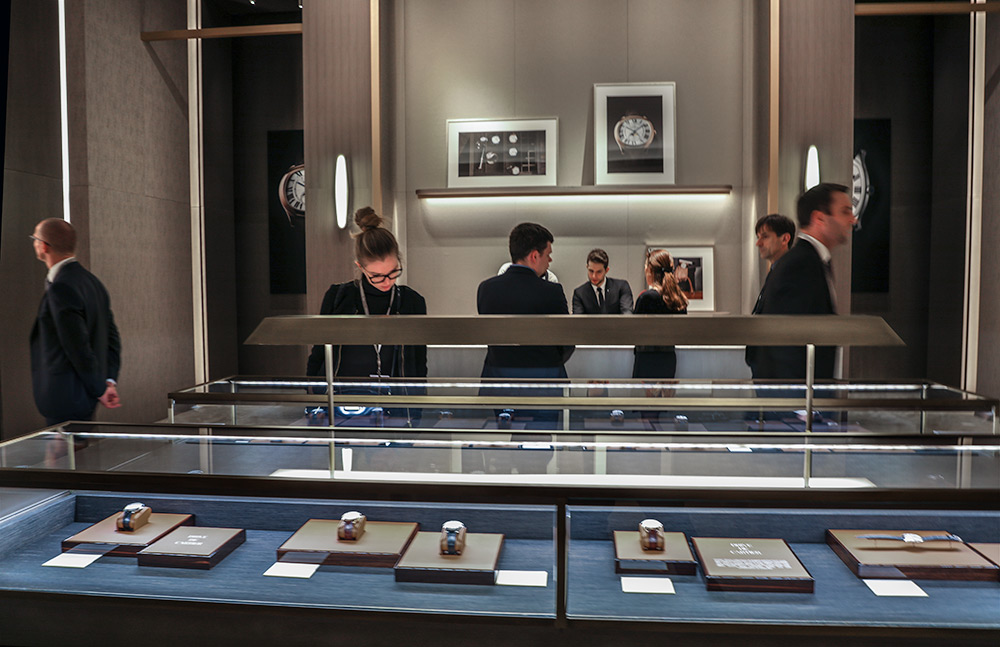
Thus, too much discretion in the hands of too few people can cripple otherwise effective leaders from being in control of narrow but specialized tasks that they can excel at. I truly believe that there was more of this in the past (Switzerland’s more or less socialist mentality to labor and decision-making would seem to suggest as much), and these days good ideas are snuffed out or otherwise ignored due to mere incompetence – or decision-makers who have unclear or incorrect goals given market positions.
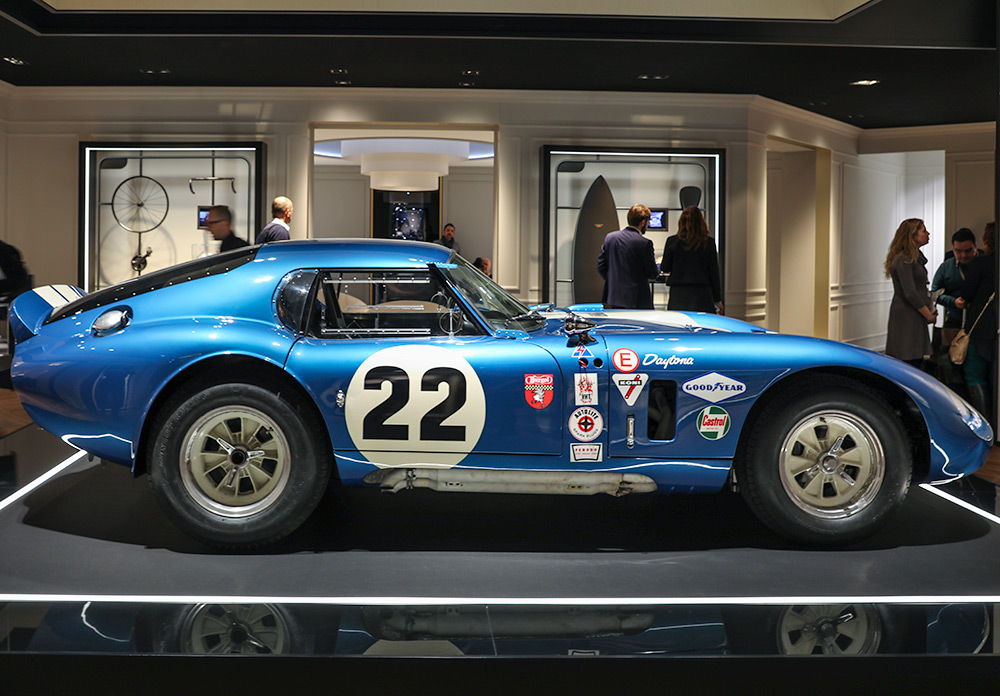
Such pondering comes at a time when I’ve observed, year after year, good people at brands leaving, and not being replaced with qualified individuals. It’s incredibly sad. You might point out that there is perhaps even more weakness among the small independent brands who, without corporate parents, are free to make whatever decisions they like. Further consider that many of these are responsible for making a large percentage of today’s best watches, and yet a good number are struggling financially. I would not disagree with this in the least, but I would point to a much more simple reason why so many cool independent brands (of course, not all of them) are suffering despite seemingly having amazing products.

The answer, in my opinion, is that overall weakness in the more mainstream industry is directly hurting the smaller independents. In order for them to survive and find customers, they must rely on the big brands doing the hard work to turn people into watch lovers, and then, secondly, to allow them to have a pleasant purchasing and ownership experience. Most watch consumers who collect watches from high-end independent brands do so only after “graduating” from products from the larger brands. A weaker mainstream industry unable to capture the hearts and minds of consumers (and give them a quality purchase and ownership experience) is unlikely to breed too many people who then go on to desire the experience of a high-end independent brand.
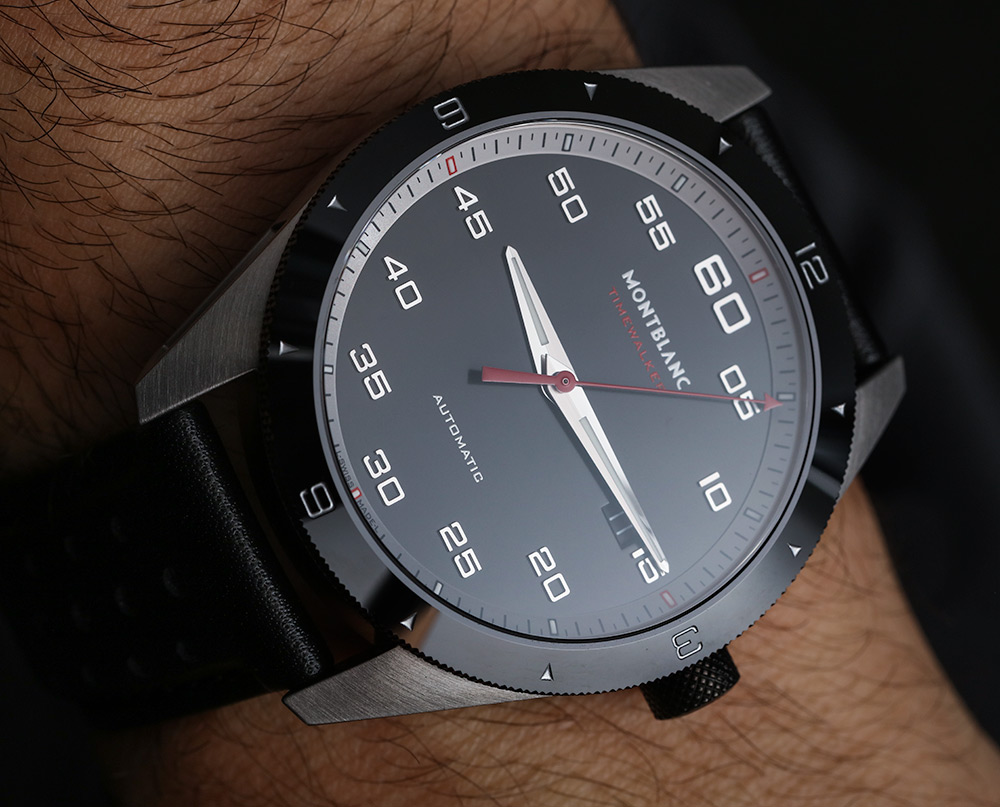
Let’s talk about products now, since the hot trends and patterns we saw in watches at SIHH 2017 will be of interest to many people. Many of the displaying brands seemed to have a good idea of how to capture the heart of “the lost market,” which is the United States. To do this, the industry needs to make attractive, practical watches such as sport watches and some complicated with focused functionality and non-precious cases. A lot of brands are doing just that ranging from “houses” such as Cartier to Baume & Mercier, Montblanc, and Ulysse Nardin. Again, “classic-feeling” sport watches in non-precious metals are performing much better in sales that many other types of watches these days. While not all new releases are amazing, more than enough of them are worthy of serious attention by consumers.
With that said, still too many watches priced under $5,000 feel as though they were designed and approved by a committee. While there are exceptions, cheap parts and unrefined dial designs are more common than I’d like to admit. Even though the emotional feeling a consumer gets when looking at the dial of a watch is the most important factor in making a purchase decision, way too many brands seem to OK a computer design for production, not realizing that in person that final watch will look much different. That means a picture of a dial might look good on a computer screen, but in person with the wrong materials, finishes, and colors, it can look like cheap junk. I really don’t know why this is, and I’m starting to get incredibly sick of hearing the excuse that if I see a dial or other element I don’t like it is because it is a prototype. If that is the case, then please stop showing me prototypes or put final models in our hands when they are finalized and ready to ensure the aBlogtoWatch team doesn’t leave with really pessimistic feelings about what you as a watch brand are trying to present to customers.

Asia is still a huge market for the watch industry – which seems continually comfortable making products for said markets. Oddly enough, the same level of care and attention doesn’t go into many watches intended to appeal to Western markets. Is it possible that a large volume of designers and product people in the watch industry simply forgot how to make watches (well, in enough variety) that appeal to Americans and Europeans (that don’t cost a bloody fortune)? I really don’t know the answer to that – but I can say that are vanishingly small amounts of people who genuinely love watches.

In this and other articles, I genuinely believe that I’ve pinpointed problems and provided some spot-on advice the watch industry can use to remedy its organizational, distribution, design, and sales woes. Before going into our list of the top 11 watches, I’d like to end my essay on the matter of price. Yes, that funny thing that most consumers seem obsessed over.
In response to getting the message from the public that they want more value from their watches, the industry has simply gone out and started to produce less expensive watches. That makes sense, but it misconstrues the issue. The reason is that they are simply making lower-priced watches that often simply suck. Many have potential, but cost-cutting schemes in both materials and construction are glaringly obvious in watches from all but the most detail-obsessed brands. Let me clarify what the industry seems to have misunderstood – people didn’t ask for more cheap watches. People asked for more watches worth what they cost. There is a big difference.

Why do industry decision-makers think that a $10,000 watch that feels like a $5,000 watch will have any greater difficulty in being sold than a $4,000 watch that feels like a $1,000 watch? The problem on the cost-cutting side of the industry is that watches don’t feel like they are worth what brands are charging for them – and I’m not even going to bring up the gray market in this discussion. When people complain of “greed” and “stupidity” in the watch industry – what they are really referring to is making watches that no one wants to buy for the price. There are already legions upon legion of cheap watches out there that connoisseurs would never be interested in. Why, then, do “prestigious” watch brands seem intent on following this model?
There isn’t even a precedent for this approach. Their sole argument in defense of the practice of selling cheap watches for a lot of money is that they can try to make up for it in branding and marketing (like celebrity ambassadors, etc.). Once again, this is a clear sign of someone who doesn’t know how to evaluate a good watch, making decisions about making watches. Rolex, for instance, does blanket the market with marketing messages, but they also happen to deliver an industry-leading product in terms of overall quality for the money. Why, then, would anyone buy a non-Rolex watch of lower inherent quality for the same or even more money? Other than “they want something different,” I have yet to hear a good answer to this.
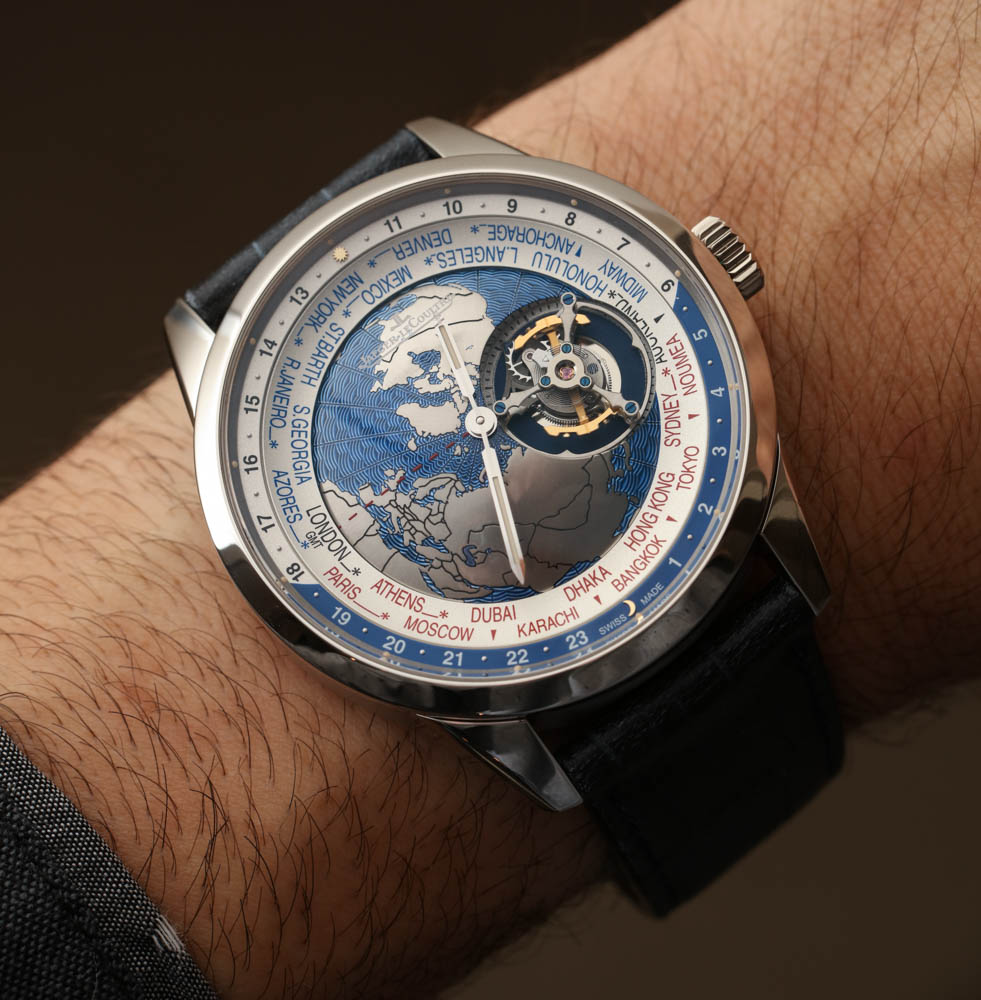
Even though new models (shown to press) from many watch brands were limited this year, there are some standout models which defy the norm and offer excellent artistic craftsmanship or attractive designs and approachable value propositions. No matter what your price range is, there is something new for you to be excited about from SIHH 2017. Especially at the lower-end (in terms of price), there is actually something new to report on from SIHH, even though the show is more typically associated with releasing items of incredible beauty and complexity, but typically at prices only the world’s elite can strive to afford.
Now, onto the new watch highlights of SIHH 2017…
